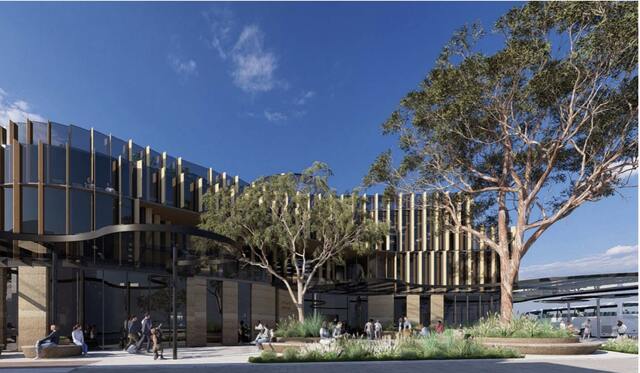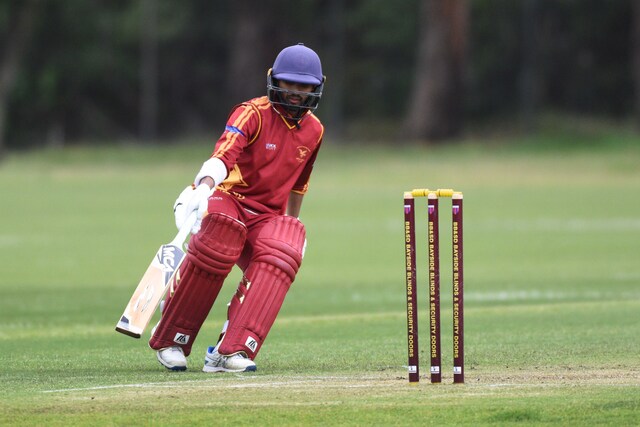CITY of Casey Mayor Amanda Stapledon has agreed with a report stating that infrastructure has not kept up with the booming population growth in the municipality.
Interface councils, consisting of 10 outer Melbourne municipalities including Casey, launched ‘One Melbourne or Two?’, a new report identifying service and infrastructure deficiencies for the growing population in Melbourne’s outer suburbs.
The reports recommended immediate action from State Government for the 1.3 million Melburnians it said were being forced to live like second-class citizens compared to the rest of the state’s residents.
City of Casey Mayor Amanda Stapledon said that in the past 30 years, the City of Casey had transformed from a rural area to a thriving municipality with a population of approximately 260,000 people, Victoria’s largest municipality. She said the required infrastructure had not kept pace with the rapid development.
“Casey faces numerous transport challenges, including the need to ensure that arterial roads, train and bus services keep pace with the municipality’s increasing population, which continues to grow by nearly 120 people each week,” Cr Stapledon said.
“Minimising the congestion on Casey’s roads and enhancing public transport options, provides lifestyle benefits for residents, including a faster, safer commute and, ultimately, more time able to be spent with family and friends.”
Cr Stapledon also said medical facilities in Casey were not adequate.
“Approximately 80 to 90 babies are born in Casey every week. Existing medical facilities in the City of Casey are inadequate for Casey residents to be able to give birth within Casey, which means that many residents need to go outside the city,” she said.
“There is inadequate transport infrastructure to the west, where most alternative facilities are located. This can cause delays reaching a hospital, particularly during morning peak periods.”
Interface councils representative and Hume City Council Mayor Cr Geoff Porter confirmed shortfalls in government funding meant the region’s transport, jobs, education, medical, aged care and community facilities weren’t coping with the population boom.
“Over the past 10 years, 328 families have been moving to suburbs in the interface councils each week and they are being forced to live without vital services,” Cr Porter said.
“Interface areas received only 18 percent of allocated State Government funding despite accounting for more than 50 percent of the state’s population growth. The situation won’t get any better without immediate action as the interface areas are set to welcome more than 60 percent of Melbourne’s growth over the next 15 years.
Cr Porter said the solution to the problem would be an annual $750 million commitment from the State Government during the next 15 years to bridge the gap by 50 per cent.
Cr Stapledon said that at a local level, the Casey Council would continue to advocate to the state and federal governments to secure funding and partnership initiatives for the benefit of Casey residents.
Interface councils miss out

Digital Editions
-

Cranbourne Community Hub parking cut approved
Casey councillors have approved a planning permit allowing a significant reduction in parking spaces for the proposed Cranbourne Community Hub. The decision passed 11-1 at…





